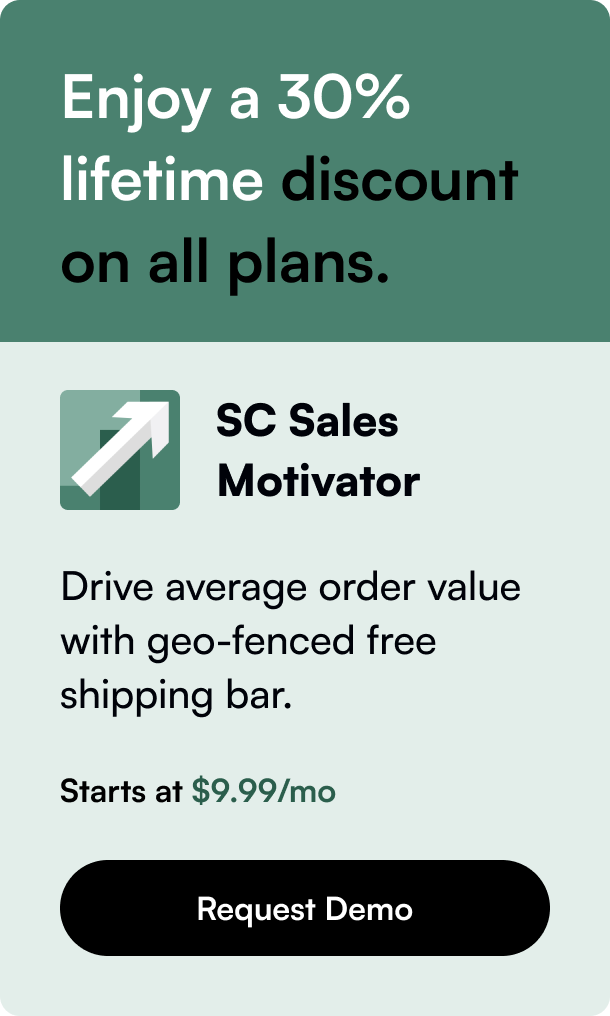Table of Contents
- Introduction
- Why You Need the Meta Pixel in Your Shopify Store
- How to Create and Add Facebook Pixel to Shopify
- Powerful Tips for Leveraging Facebook Pixel in 2024
- Frequently Asked Questions
In the ever-evolving landscape of digital marketing, understanding the behavior of your online visitors is critical. For Shopify store owners, the Meta pixel (formerly Facebook Pixel) serves as a crucial tool to unlock deep insights into customer behavior and refine your marketing strategies. Whether you’re new to eCommerce or looking to upgrade your marketing tactics in 2024, adding the Meta pixel to your Shopify store can significantly enhance your marketing capabilities.
Introduction
Did you know that over 2.91 billion monthly active users are on Facebook, making it a gold mine for marketers aiming to target a broad audience? By embedding a simple piece of code in your Shopify store, you can start tracking the actions that visitors take on your site, allowing for an advanced level of ad targeting and insight gathering.
The importance of such a tool cannot be overstated in today’s competitive digital marketplace. In this comprehensive guide, we will explore not just how to add the Facebook pixel code to Shopify, but also provide you with invaluable tips and considerations to maximize its potential. Dive in to transform your marketing efforts and drive higher conversions in 2024.
Why You Need the Meta Pixel in Your Shopify Store
The Meta pixel tracks user interactions on your Shopify store post-ad click, providing critical data for optimizing ad campaigns, retargeting, and understanding user behavior. Its capabilities go beyond mere tracking; it allows you to:
- Create customized audiences for retargeting campaigns.
- Access detailed insights about how users interact with your site.
- Optimize your ads for conversions by focusing on actions that matter most to your business.
Conversion tracking, retargeting, and gaining profound analytics on customer behavior are just the tip of the iceberg. The Meta pixel empowers you to streamline ad spend and ensure your marketing efforts are not just shots in the dark.
How to Create and Add Facebook Pixel to Shopify
Step 1: Creating Your Meta Pixel
Begin by navigating to the Facebook Events Manager. This is where you’ll create your new Meta pixel by selecting the ‘Connect Data Sources’ option and choosing ‘Web’. Name your pixel and proceed to the next steps for integration.
Step 2: Adding the Pixel Code to Shopify
Shopify simplifies the process of incorporating the Meta pixel into your store:
- Go to the Shopify Admin and select Online Store > Preferences.
- Scroll down to the Facebook Pixel section and input your Pixel ID.
- Save your changes.
This seamless integration ensures that you start gathering valuable data immediately, with minimal setup time.
Step 3: Verifying Pixel Installation
Confirmation of a successful installation is crucial. Use tools like the Facebook Pixel Helper Chrome Extension to check if your Meta pixel is correctly firing on your site. This step ensures that you’re ready to gather data and enhance your marketing strategies effectively.
Powerful Tips for Leveraging Facebook Pixel in 2024
Now that you’ve added the Meta pixel to your Shopify store, let’s dive into strategic ways to leverage its full potential:
1. Utilize Data for Advanced Audience Targeting
Create lookalike and custom audiences based on user behavior on your site, drastically improving your ad relevancy and effectiveness.
2. Optimize for Conversions, Not Just Clicks
Adjust your Facebook ad campaigns to focus on actions that contribute to your bottom line, prioritizing conversions over mere website visits.
3. Analyze and Adjust in Real-Time
Employ the rich insights provided by the Meta pixel to tweak your campaigns in real-time, responding quickly to patterns and trends in user behavior.
4. Elevate Your Retargeting Game
Craft compelling retargeting ads to bring back visitors who have shown interest but haven’t converted yet, effectively closing the marketing loop.
Conclusion
Integrating the Meta pixel into your Shopify store opens up a world of opportunities for precise targeting, insightful analytics, and superior ad campaign optimization. As 2024 approaches, staying ahead in the marketing game means leveraging advanced tools like the Meta pixel to understand and engage your audience better. Start implementing the strategies discussed here, and watch your Shopify store rise to new heights of success.
Frequently Asked Questions
Why You Should Add Facebook Pixel to Shopify? Adding the Meta pixel to Shopify helps you track conversions, retarget visitors, and optimize ads, leading to more efficient ad spend and better understanding of your audience.
What Are The Use Cases of Facebook Pixel for Shopify Stores? Use the Meta pixel for tracking user behavior, creating targeted ad campaigns, refining your marketing strategy based on data insights, and ultimately enhancing your store's conversion rate.
Can I Track Multiple Pixels on My Shopify Store? Although Shopify allows for a primary Facebook pixel, using multiple pixels might require third-party apps or custom coding adjustments for more complex tracking needs.
How Long Does It Take for Facebook Pixel Data to Show? After setting up the Meta pixel, data should start appearing in your Facebook Events Manager almost immediately as users interact with your site.
Embrace the power of the Meta pixel and transform your Shopify store’s marketing approach to one that is data-driven, precise, and highly effective.







